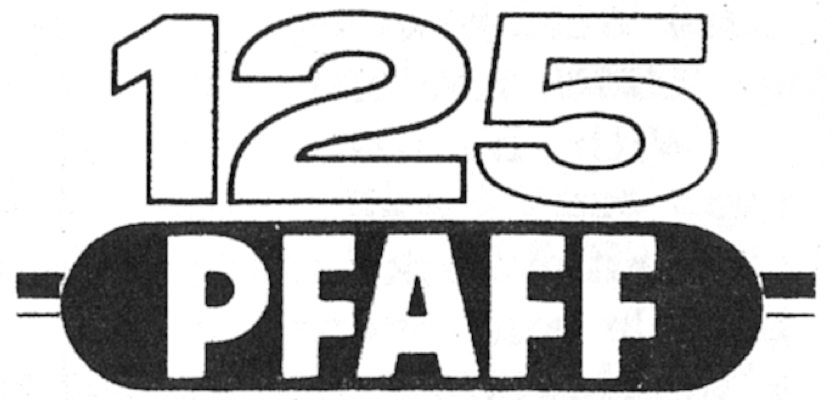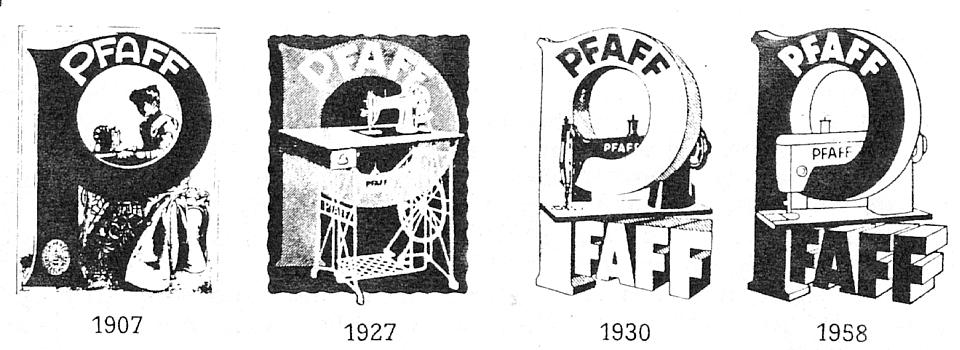
Pfaff Anniversary
Graham Forsdyke
ISMACS News
Issue 14
A VISIT TO LONDON to show brass instruments in the Great Exhibition may have led to the formation of the giant Pfaff Company, which this year celebrates its 125th anniversary.
The founder of the company, Georg Michael Pfaff, came from a large family of craftsmen in the town of Kaiserslautern and was first apprenticed to a brass instrument maker on leaving school After extensive travelling in Europe he decided to go it alone and set up his own small factory to make scientific and surveying instruments.
He set out to make high quality items rather than go for the lower end of the market and his products proved their worth at the Great Exhibition in London in 1851 where he was awarded a gold medal.
Now it could be at the London exhibition that Pfaff first set his eves on a sewing machine, for it was shortly after returning to. Germany that he started experimenting with mechanical sewing. Ten years later he was ready to show the public his wares and proudly displayed his first machine. It was a long-shuttle lock-stitch device which paved the company's way to becoming the largest manufacturer in Europe.

This very first hand-made machine is still in existence and can be seen at the German science museum in Munich
It wasn't until 10 years later that the trade name Pfaff was adopted, and by that time the company was turning out a steady 1000 machines every 12 months. By the next decade annual production had reached a heady 25,000 machines and the company was busy celebrating its 100,000th model.
With business doing SO well the company took a big gamble and opened up a new factory on the western outskirts of Kaiserslautern which was completed at the turn of the century.
Just before the outbreak of the first World War the 1,000,000th machine was delivered to a customer but with the outbreak of hostilities, and the aftermath, the company went through a bleak period.

In the mid 1920s the economic climate in Germany improved enough for the firm to make two large steps -- the introduction of rotaryhook machines for home and industry and the adding to the range of high-performance zig-zag models. Also at this time, learning from the example set by Ford in America, the company installed its first production line. In the early 1930 period the factory was enlarged and a number of industrial machines added to the range.
The Pfaff factory suffered badly during the second World War, but the re-building made necessary did give the directors the chance to modernise and further extend the works which now boasted its own foundry. Lightweight portable machines were introduced for the first time, and Pfaff took an even stronger grip on the German industrial market by greatly extending its range of production machines.
In 1952 Karl Pfaff, who was then managing the company, died, and with him the family line ended. But the company forged ahead, taking over the Gritzner empire in 1957, and going public on the stock ex- change three years later.
Today Pfaff is a strong as ever, proud of the fact that the company is one of the very few to survive from the early days of the industry.





